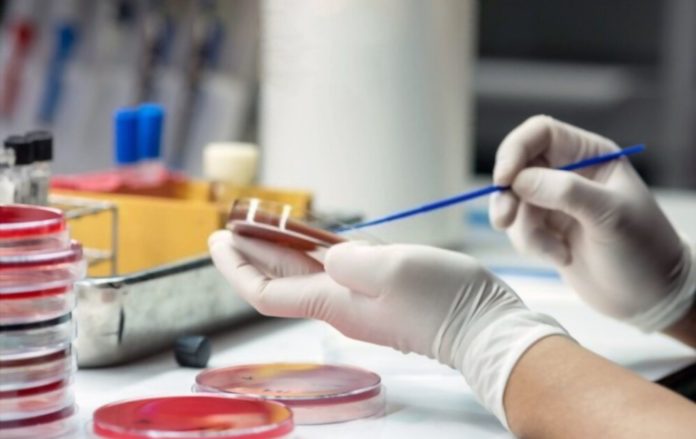In the United States alone, sepsis, or the body’s overreaction to an infection, affects more than 1.5 million individuals and kills at least 270,000 people every year. For many patients, the usual therapy of antibiotics and fluids is ineffective, and those who survive have an increased risk of death.
The team of Shaoqin “Sarah” Gong, a professor at the Wisconsin Institute for Discovery at the University of Wisconsin–Madison, disclosed a new nanoparticle-based treatment that delivers anti-inflammatory chemicals and antibiotics in today’s issue of Nature Nanotechnology.
The innovative approach saved the lives of mice with an induced type of sepsis intended to serve as a model for human illnesses; it is a promising proof-of-concept for a potential new medicine, pending further study.
The novel nanoparticles transported the chemical NAD+ or its reduced form NAD(H), a molecule that plays an important role in biological activities such as energy generation, genetic material preservation, and cell adaptation and stress resistance. NAD(H) is well known for its anti-inflammatory properties, but clinical application has been hampered by the fact that it cannot be taken up directly by cells.
“To enable clinical translation, we need to find a way to efficiently deliver NAD(H) to the targeted organs or cells,” according to Gong. To accomplish this, the team “designed a couple of nanoparticles that can directly transport and release NAD(H) into the cell, while preventing premature drug release and degradation in the bloodstream.”
Gong, along with Mingzhou Ye and Yi Zhao, two postdoctoral fellows in the Gong group, led the interdisciplinary project. A professor in the Department of Medical Microbiology and Immunology, John-Demian Sauer, also contributed to the experiment.
Sepsis can kill in two different ways. An infection originates in the body first. The immune system reacts by inducing severe inflammation, which reduces blood flow and causes blood clots, which can lead to tissue death and a cascade of events leading to organ failure. Following that, the body overcorrects by weakening the immune system, increasing infection susceptibility. Controlling inflammation-related consequences is critical in sepsis treatment.
The nanoparticles made by the Gong lab can be used to deliver both NAD(H) and antibiotics. They are made of lipid-coated calcium phosphate or metal-organic framework nanoparticles. The NAD(H)-loaded nanoparticles were examined in a variety of mice models, including endotoxemia, multidrug-resistant pathogen-induced polymicrobial bacteremia, and a puncture-induced sepsis model with secondary infection by P. aeruginosa, a prevalent illness-causing bacteria.
The nanoparticle therapy outperformed NAD(H) alone significantly. For example, in a mouse model of endotoxemia, mice that were not treated or that were treated with free NAD(H) died within two days. In contrast, all of the mice that were given nanoparticles that were loaded with NAD(H) lived. These animal studies showed that NAD(H) nanoparticles can help keep the immune system healthy, improve the way blood vessels work, and stop damage to many organs.
This technology could open the way for the creation of a new sepsis therapeutic therapy that could also be used in other inflammation-related settings, such as the treatment of COVID-19. Another advantage of this treatment is that it allows illness to be treated with fewer antibiotics, reducing antibiotic misuse. Before clinical trials on humans can begin, additional research with larger animal models is required.
“The NAD(H) nanoparticles have the potential to treat many other diseases because NAD(H) is involved with so many biological pathways. There is strong evidence for the use of NAD(H) as an intervention or aid in critical illnesses,” adds Gong.
Image Credit: shutterstock
You were reading: New Nanoparticle-based Therapy For Sepsis Saved The Lives Of Mice
